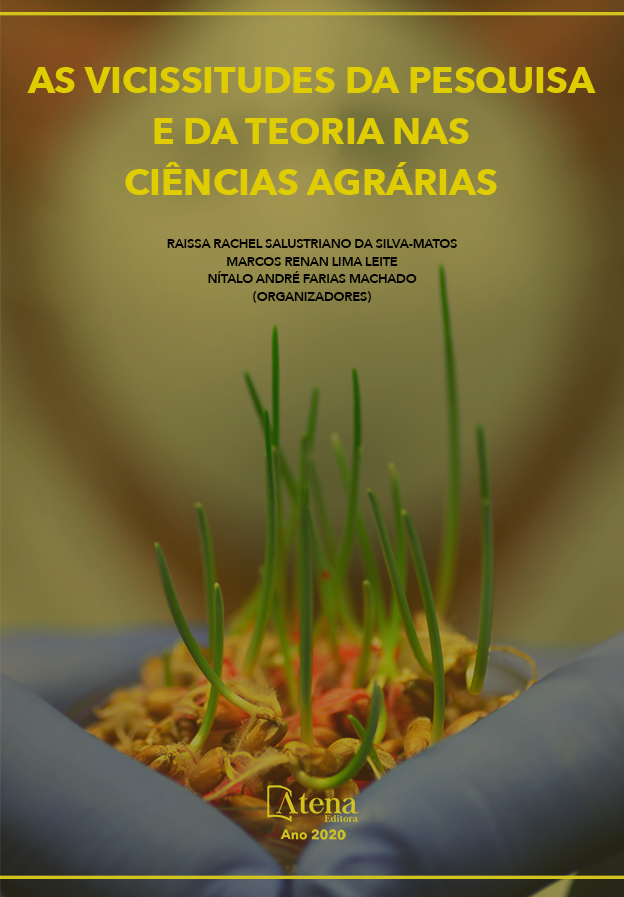
USO DE ARAÇÁ NO COMBATE AO NEMATOIDE DAS GALHAS DAS GOIABEIRAS NO PROJETO PÚBLICO DE IRRIGAÇÃO (PPI) DE BEBEDOURO
Este trabalho foi desenvolvido com vista a descrever a utilização ecologicamente viável de espécies de plantas originárias do bioma Caatinga como parte de metodología de manejos de cultivares com potencialidade de registrar a infestação do Meloidogyne enterolobii (sin. Meloidogyne mayaguensis). O foco da pesquisa foram os estudos realizados no Projeto Público de Irrigação (PPI) de Bebedouro, no município de Petrolina (PE) que a mais de 10 anos vem enfrentando sucessivas quedas na produtividade nas plantações de goiaba em consequência da infestação do parasita. No processo de combate a infestação do M. enterolobii, os irrigantes de Bebedouro vêm se defrontando com uma grande dificuldade, como a falta de alternativas naturais ou mesmo de produto químico com resultados auspiciosos no processo de controle da taxa de proliferação e agressividade do parasita. Não obstante estas dificuldades algumas técnicas vêm sendo utilizadas para refrear a ação do parasita, dentre estas, destaca-se: os controles biológicos, manejo de cultura e aperfeiçoamento de técnicas de cultivos. Cabe acrescentar que, o uso de plantas de Araçá (Psidium guineense Swart) como porta enxerto de cultivares de goiabeira (Psidium guajava L.), que apresentaram os melhores resultados no controle infestação do M. enterolobii.
USO DE ARAÇÁ NO COMBATE AO NEMATOIDE DAS GALHAS DAS GOIABEIRAS NO PROJETO PÚBLICO DE IRRIGAÇÃO (PPI) DE BEBEDOURO
-
DOI: 10.22533/at.ed.52520041112
-
Palavras-chave: Araçá; Nematoide; Bebedouro.
-
Keywords: Araçá; Nematoid; Bebedouro.
-
Abstract:
This work was developed in order to describe the ecologically viable use of plant species originating from the Caatinga biome as part of a method for cultivar management with the potential to register Meloidogyne enterolobii infestation (sin. Meloidogyne mayaguensis). The focus of the research was the studies carried out in the Public Irrigation Project (PPI) of Bebedouro, in the city of Petrolina (PE), which for more than 10 years has been facing successive drops in productivity in the guava plantations as a result of the parasite infestation. In the process of fighting the infestation of M. enterolobii, the irrigators of Bebedouro have been facing a great difficulty, such as the lack of natural alternatives or even of chemical product with auspicious results in the process of controlling the rate of proliferation and aggressiveness of the parasite. Despite these difficulties, some techniques have been used to curb the action of the parasite. Among these, the following stand out: biological controls, culture management and improvement of cultivation techniques. It should be added that the use of Araçá plants (Psidium guineense Swart) as a rootstock for guava cultivars (Psidium guajava L.), which showed the best results in controlling M. enterolobii infestation.
-
Número de páginas: 16
- Maria Helena Maia e Souza
- Maria Augusta Maia e Souza Beserra
- ELIJALMA AUGUSTO BESERRA


